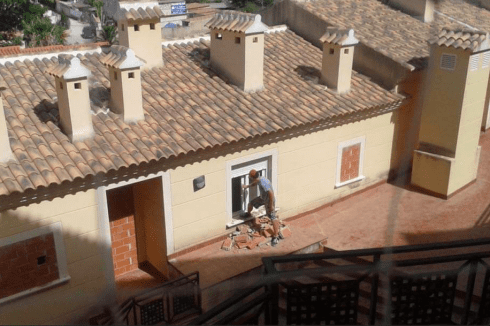EVEN one of Spain’s lesser known regions has been benefiting from the country’s remarkable tourism boom.
Aragon, situated inland between Catalunya, Navarra and Valencia, has broken its tourism record, welcoming more than four million visitors in 2024.
The impressive figures, released this week, show an increase of 180,000 visitors compared to 2023’s previous record.
International tourism saw a particularly strong surge, with foreign visitors increasing by nearly 12% to reach 911,000.
READ MORE: Marbella is now the most expensive holiday destination in Spain, hotel figures show

British travelers joined visitors from France, Italy, Germany, and Portugal as the main international markets for the region, which is increasingly positioning itself as a key inland destination in Spain.
Tourism chiefs are now setting their sights on further growth, particularly targeting new markets in Latin America and Europe.
The region aims to extend the tourism season across all twelve months of the year, with Tourism Minister Manuel Blasco emphasizing the importance of year-round stability for businesses and workers in the sector.
READ MORE: Spain negotiates direct flight between Canada and major tourist airport
The region’s reputation for safety has emerged as a major drawing card, scoring an impressive 91.4 out of 100 in visitor satisfaction surveys.
Overall tourist satisfaction reached 84.5 out of 100, reflecting strong approval across all aspects of the visitor experience.
Hotel accommodation, which accounts for 75% of all visitor stays, saw a 6.2% increase in 2024, hosting over three million guests.
Camping sites also proved popular, attracting 480,000 visitors, while rural tourism accommodations welcomed 237,000 guests.
August remained the peak tourism month with 574,000 visitors, though regional authorities are working to spread tourism more evenly throughout the year, with even the quietest month of January now attracting over 200,000 visitors.
Tourism officials noted that European visitors typically spend twice as much as domestic tourists during their stays, making the international market particularly valuable for the region’s economy.
The region’s tourism strategy continues to focus on combining gastronomy with tourism, alongside promoting its natural landscapes, monuments, and historical sites.








